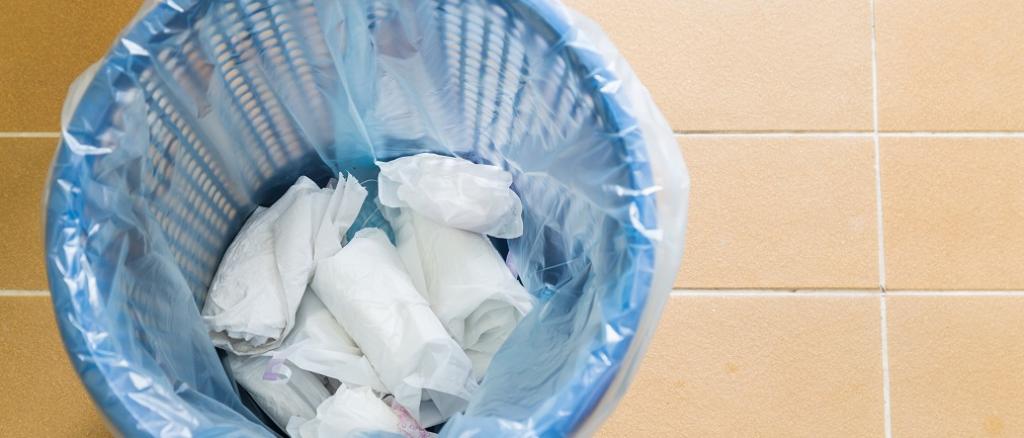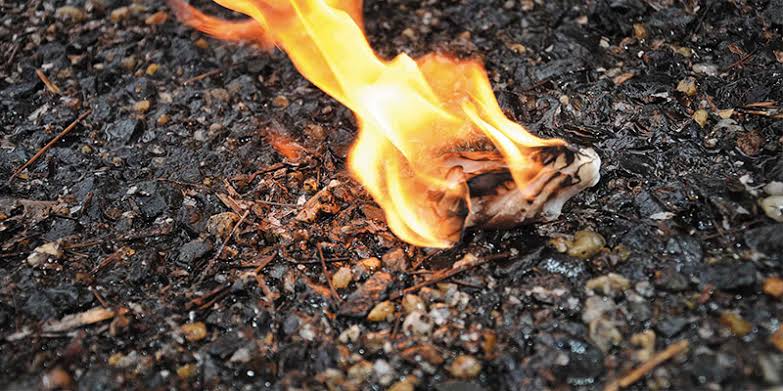Have you ever wondered if sanitary pads are recyclable? It’s a question that many women have, especially in today’s environmentally conscious world. The answer may surprise you. While most sanitary pads are not recyclable, innovative companies are working towards finding a solution. Here will explore the reasons why traditional pads cannot be recycled and find out the exciting advancements being made in the field of pad recycling. So, if you’re curious about the future of sustainable menstruation, keep reading to learn more about this important topic.
Contents
Are Pads Recyclable?

Unfortunately, most sanitary pads are not recyclable due to their complex composition and the challenges involved in separating the different materials. Here’s why:
Reasons Why Pads Are Not Recyclable:
- Mixed materials: Pads are made from a combination of materials like cotton, plastic, and adhesives, making them difficult to separate for recycling.
- Contamination: Absorbed menstrual blood and bodily fluids contaminate the pad, making it unsuitable for recycling in standard paper or plastic streams.
- Hygiene concerns: Processing used menstrual products in recycling facilities raises hygiene and sanitation concerns for workers.
- Economic feasibility: The cost of collecting, sorting, and processing used pads often outweigh the economic value of the recycled materials.
Can You Burn Used Sanitary Pads?

While it might seem like a quick and easy way to dispose of used sanitary pads, burning them is not recommended for several reasons:
Safety and Health:
- Inhaling fumes: Burning sanitary pads releases harmful fumes and pollutants like dioxins and volatile organic compounds (VOCs) into the air. These can irritate the lungs and eyes, and in high concentrations, pose serious health risks.
- Fire hazard: The materials used in pads, particularly plastics and adhesives, are flammable and can easily contribute to the spread of fire.
- Risk of incomplete combustion: Incomplete combustion of pads leaves behind ash and residue, potentially containing harmful chemicals and bacteria.
Environmental Impact:
- Air pollution: The fumes released from burning contribute to air pollution, impacting both local air quality and global climate change.
- Ash contamination: Ashes from burned pads can contaminate soil and water with harmful chemicals and pathogens.
- Non-biodegradable materials: Most pads contain plastic and other non-biodegradable materials that do not break down easily in the environment, contributing to landfills and long-term pollution.
Challenges in Recycling Menstrual Pads
While menstrual pads play a vital role in menstrual hygiene, their disposal poses significant challenges, particularly when it comes to recycling. Here’s an insightful look at the key obstacles:
1. Material Mix:
Pads comprise a complex mix of materials like cotton, plastic, adhesives, and even super absorbent polymers. This intricate blend makes it difficult and expensive to separate and process them for individual recycling streams.
2. Contamination Concerns:
Absorbed menstrual blood and bodily fluids contaminate pads, posing potential health risks to workers during the sorting and processing stages of recycling. This raises ethical and logistical concerns about ensuring safe and hygienic handling practices.
3. Economic Feasibility:
The current infrastructure for recycling pads often lacks the technology and resources needed to effectively separate and process the complex materials involved. This makes it economically challenging to make pad recycling a viable option compared to other, more readily recyclable materials.
4. Lack of Awareness and Infrastructure:
Limited awareness about the environmental impact of disposable menstrual products and inadequate infrastructure for their collection and processing further hinder progress in pad recycling initiatives.
5. Consumer Preferences:
Despite growing awareness of sustainable alternatives, many individuals still rely on the convenience and familiarity of disposable pads. This highlights the need for continued education and accessible alternatives to encourage the widespread adoption of eco-friendly menstrual hygiene solutions.
FAQs
What should I do if there is no sanitary bin available?
If there is no sanitary bin available, you should inform the management or council. In the absence of a dedicated bin, a regular rubbish bin can be used as a temporary solution.
Can pads and tampons be recycled?
Most sanitary waste, including pads and tampons, is difficult to recycle due to the materials used and health considerations. This means that a significant amount of sanitary waste ends up in landfills.
Are sanitary pads biodegradable?
No, most conventional sanitary pads are not biodegradable. They are mostly composed of plastic, which contributes to increased carbon footprint and pollution in landfills.
I am a medical student with experience and interest in Women’s health and well-being.